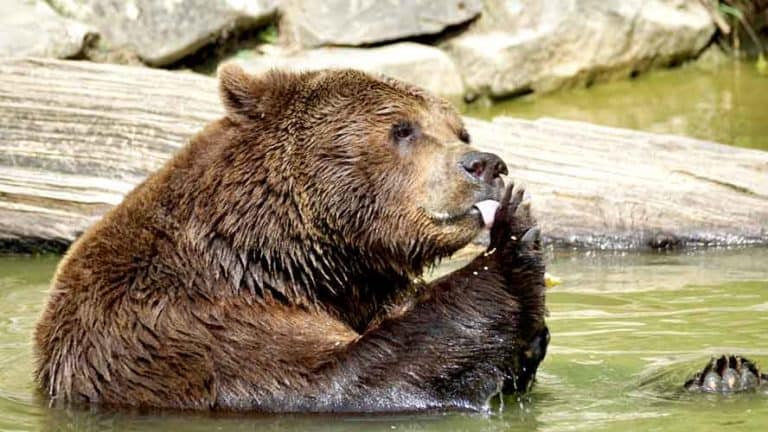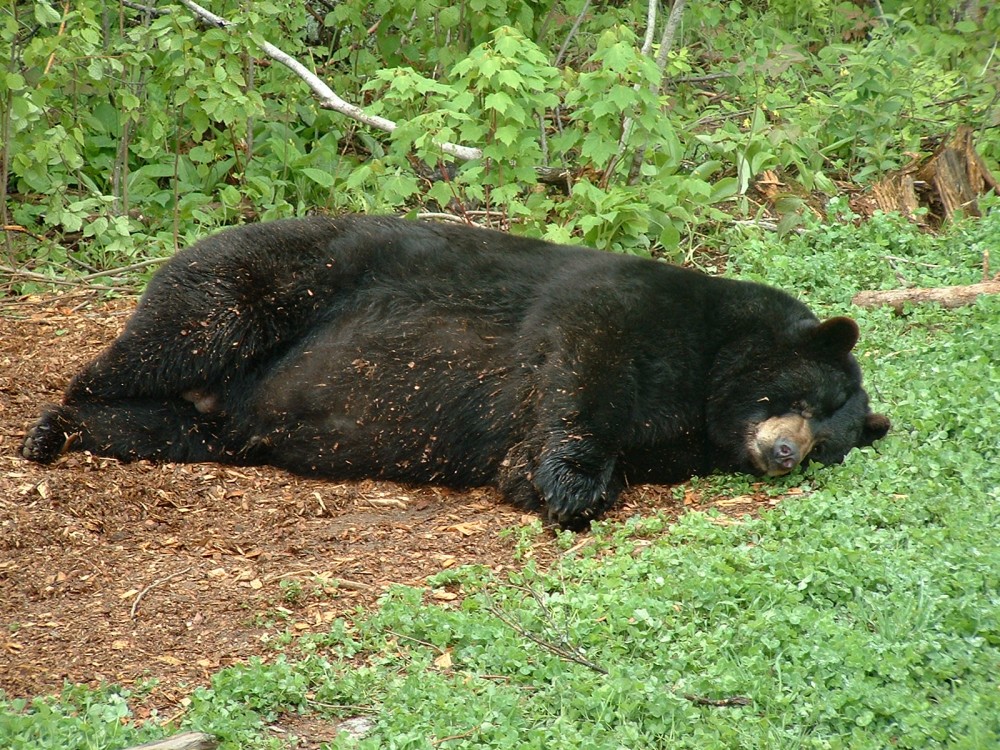
The National Park Service encourages you to learn more about bears in parks. As guests, proper behavior and etiquette on our part can contribute to a safe and enjoyable visit for us as our hosts. When we visit a park with bears, we are entering their home. In the spring, when the snow begins to melt, the bears will wake up and emerge from their den in search of food again. The family will remain in the den for the duration of winter while the mother sleeps and the cubs nurse and grow. Fecal plugs have a light odor that is not unpleasant. By the sixth or seventh month in the den, most of these bears defecateusually near the den entrance. Pregnant bears will give birth to their cubs in the den, most likely within the first two months of hibernation. Although black bears are said to hibernate without eating, drinking, urinating, or defecating, most bears in northern regions remain in dens so long that they develop extra large fecal plugs. Female black bears have been observed being pickier in choosing their dens than males. They may also shelter themselves in hollowed-out tree cavities, under logs, or in caves.

American black bears typically dig out dens in the ground.

Their bodies use the fat they stored in summer and fall as energy. Bears hibernate in dens that they find or construct to protect themselves from the elements while they are dormant. During their slumber, bears’ bodies drop in body temperature, pulse rate, and respiration. The length of denning depends on location, and can vary from a few days or weeks to a few months or more.īears make their dens in hollow trees or logs, under the root mass of a tree, in rock crevices, or even high in a tree in warmer climates. Most bears hibernate or den during the winter months.


 0 kommentar(er)
0 kommentar(er)
